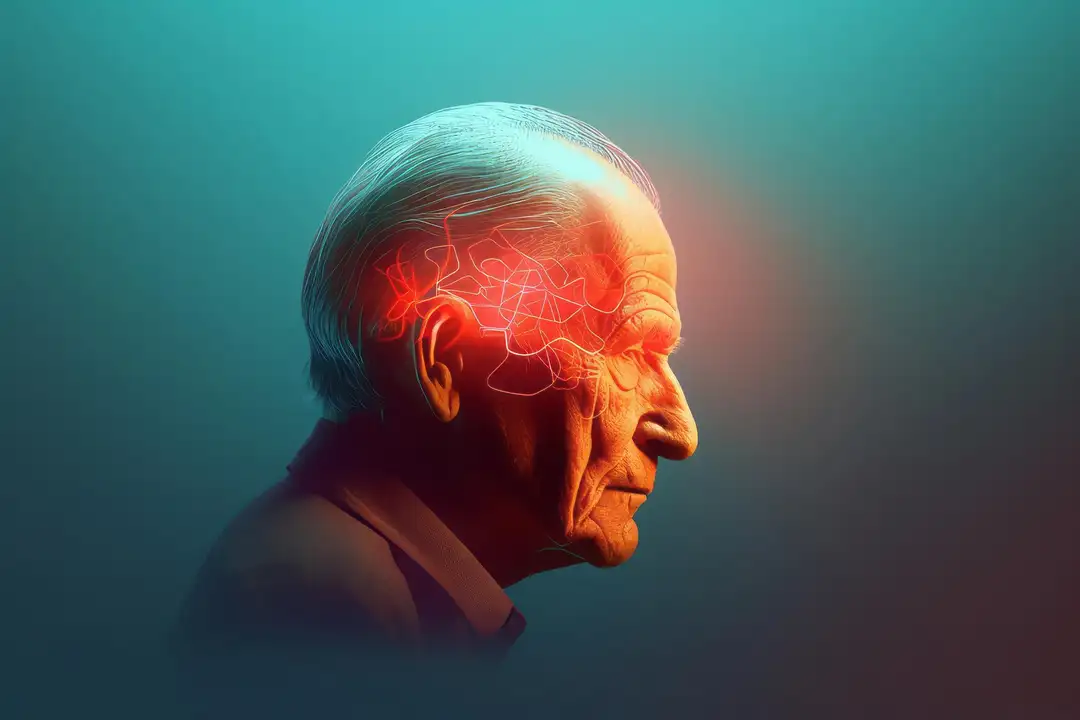Machine learning predicts hepatocellular carcinoma risk in HBV-related advanced chronic liver disease
A random forest model accurately identifies high-risk patients with HBV-related compensated advanced liver disease, highlighting liver stiffness as the strongest predictor of cancer development.

A study published in the Journal of Cancer Research and Clinical Oncology (2025) by Li et al. introduced a machine learning–based approach to predict hepatocellular carcinoma (HCC) development among patients with hepatitis B virus (HBV)-related compensated advanced chronic liver disease (cACLD) — a stage where fibrosis and portal hypertension progress despite preserved liver function.
The retrospective cohort included 1,051 patients with HBV-related cACLD from Beijing Ditan Hospital (2016–2024), followed for a median of 35 months. During this period, 9.8% (n=103) developed HCC. Patients were randomized (70:30) into training and validation cohorts. Using three feature-selection methods — LASSO regression, random forest (RF), and support vector machine (SVM) — five key predictors of HCC were identified: liver stiffness measurement (LSM), age, platelet count, bile acid concentration, and white blood cell count (WBC).
Five predictive algorithms (SVM, logistic regression, Naive Bayes, XGBoost, and RF) were tested. The random forest model achieved the best discrimination, with AUCs of 0.979 (training) and 0.956 (validation), far exceeding single-variable predictors like LSM alone (AUC 0.745–0.826). Using SHAP (Shapley additive explanations) for interpretability, LSM emerged as the most influential variable, followed by age and platelet count. Interaction analyses revealed synergistic effects between high LSM and low platelets or high bile acids, emphasizing the interconnected pathophysiology of fibrosis, portal hypertension, and hepatocyte dysfunction.
At a clinical decision threshold of 0.15, the RF model achieved 100% sensitivity and 91% specificity, suggesting strong clinical applicability. Based on these results, the authors proposed a risk-stratified surveillance protocol:
- High-risk (≥0.15 probability): MRI or CT every 3–6 months.
- Low-risk (<0.15 probability): standard ultrasound every 6–12 months.
This approach could optimize surveillance resources by targeting intensive follow-up to those most likely to develop HCC.
Mechanistically, the study reinforces LSM as a dominant biomarker, reflecting fibrosis severity and portal pressure, while bile acids and low WBC counts indicate metabolic stress and immune dysfunction. The model also provides biological insights into how inflammation, cholestasis, and hematologic alterations converge in hepatocarcinogenesis.
Despite its retrospective design and single-center origin, the study demonstrates that machine learning can meaningfully enhance early HCC detection in HBV-related liver disease, supporting personalized monitoring and intervention strategies.
#HepatocellularCarcinoma #MachineLearning #HBV #LiverFibrosis #AIinMedicine
Editorial Note
This text was organized with the support of artificial intelligence, but it was critically reviewed and validated by a qualified professional to ensure scientific accuracy and reliability.
Sources
- Li Y, Qiao Z, Li Y, Feng Y, Wang X. Machine learning-based hepatocellular carcinoma risk prediction model for patients with HBV-related compensated advanced chronic liver disease. J Cancer Res Clin Oncol. 2025;151:285–298. doi:10.1007/s00432-025-06345-0.

Written by Oncologia Brasil
About
Oncologia Brasil is a specialized oncology platform with a team of experts covering all aspects of cancer treatment, providing relevant content and personalized solutions. Its goal is to meet the needs of healthcare professionals, pharmaceutical industries, and patients by offering reliable and up-to-date information to improve cancer understanding and management.



